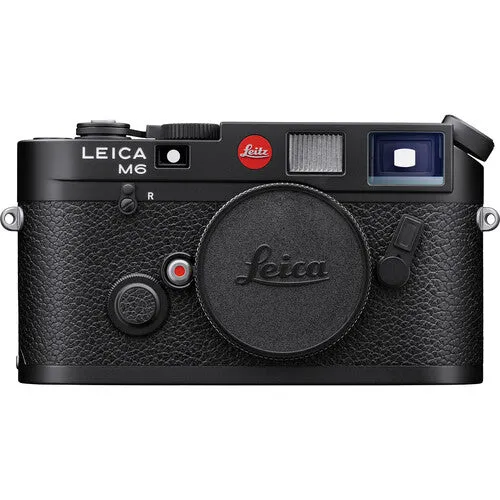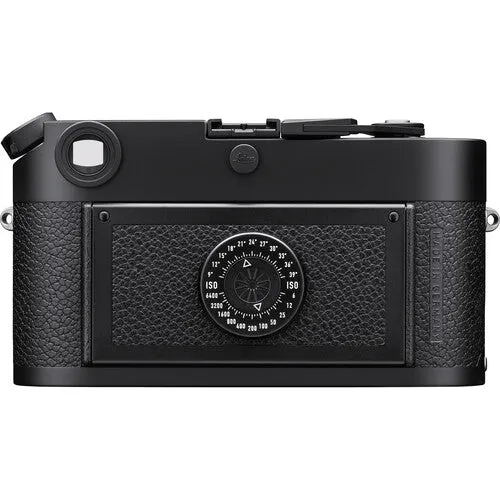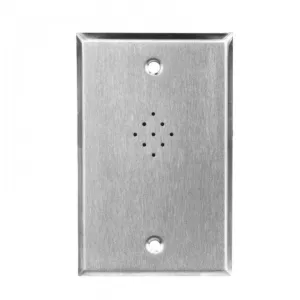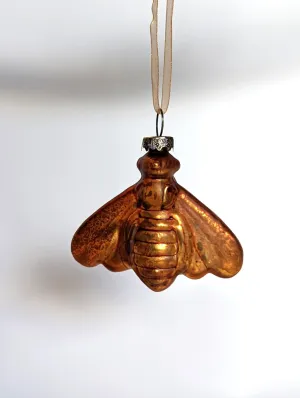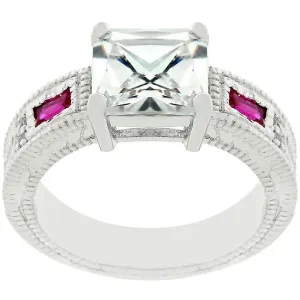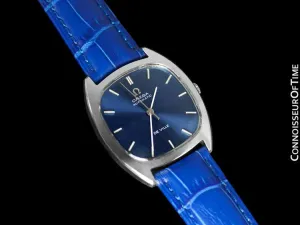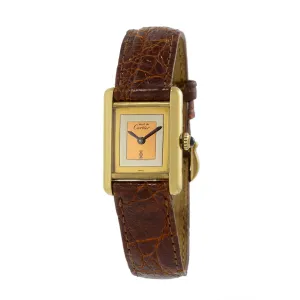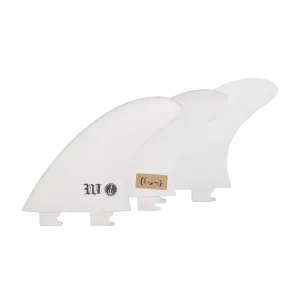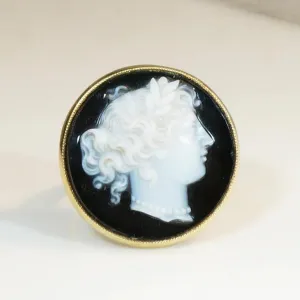Trends come and go, but real true quality and love for the craft stand the test of time. Committed to a singular vision from the moment of their inception, the Leica M cameras have captured iconic images for decades. Their rangefinder design allows not only for the dimensions to remain as small and light as possible but to design dedicated lenses of unparalleled optical performance without compromise. Combined with the simple elegance, absolute reliability, and high-quality materials, it's no surprise the M system has become an icon itself.
.
Taking in advances pioneered by modern M-bodies, the rangefinder sees a full overhaul, with optimizations to its assembly, as well as optical coatings on all glass surfaces to virtually eliminate ghosting and flare. Now comprised of over 100 individual parts, it's a pleasant improvement over the shortcomings of the previous design. It features the same 0.72x magnification as the M6 Classic, a versatile middle ground between the 0.58x and 0.85x alternatives.
The light meter has been completely reengineered with modern, more reliable electronics and sports a newer display with a center dot in addition to the traditional arrows on either side. Like the original, there are frame lines available for 28, 35, 50, 75, 90, and 135-millimeter lenses. After attaching a lens, the corresponding focal length automatically appears in the viewfinder as frame lines. In addition, all other frame lines can be displayed in the rangefinder using the field selector. This allows you to select the appropriate focal length for your subject before releasing the shutter - and to capture your image at the decisive moment. It features a battery warning indicator and unlike the original, you have the option to turn it off completely by rotating the shutter dial to the Bulb mode position.
.
Housing the new light meter is a redesigned top cover. While the original was made of diecast zinc, the current iteration has it milled from solid brass and is finished with an abrasion-resistant black lacquer. Along the top, the shutter speed dial features the same dimensions and direction as the original M6 Classic rather than the larger TTL dial. A PC socket is found below the flash shoe, allowing the use of off-camera flashes. The rear ISO dial features new, more reliable electronics.

